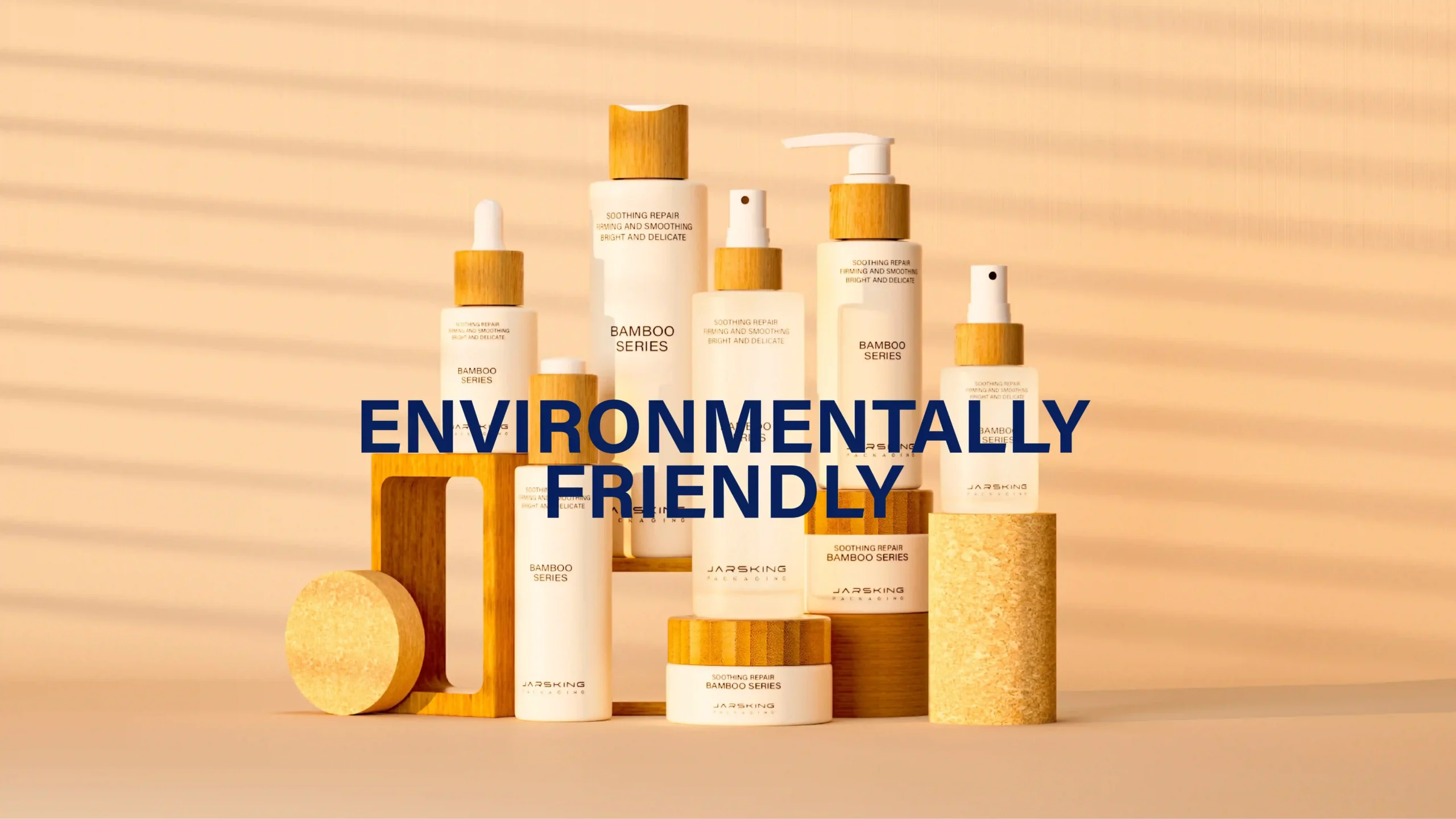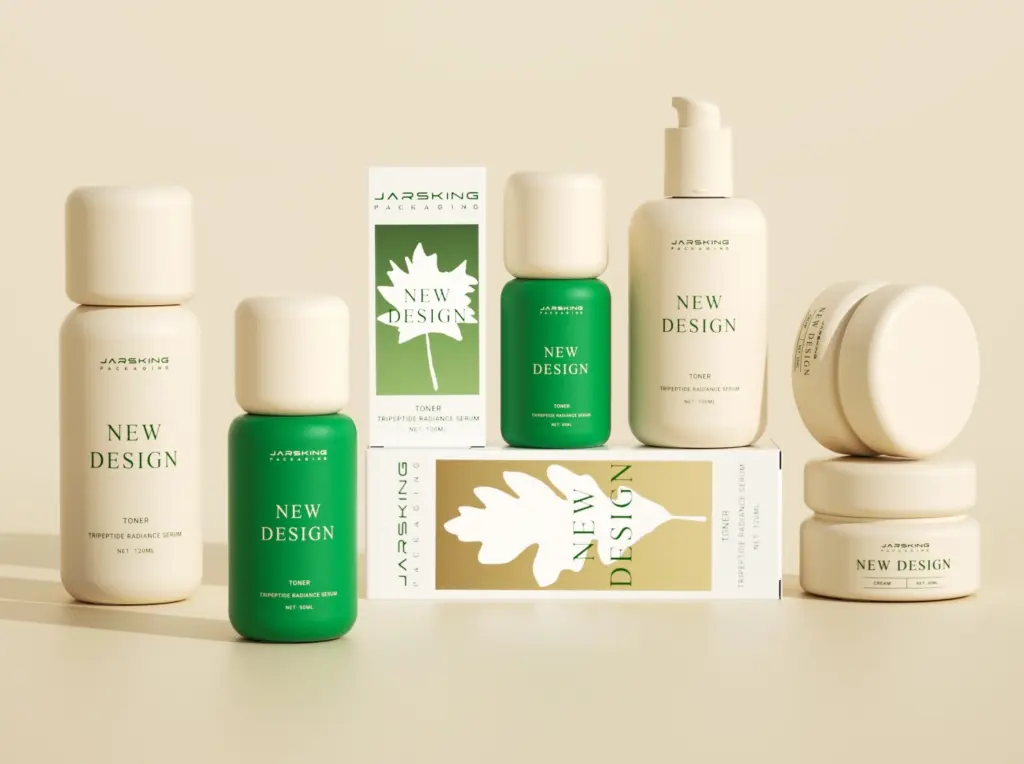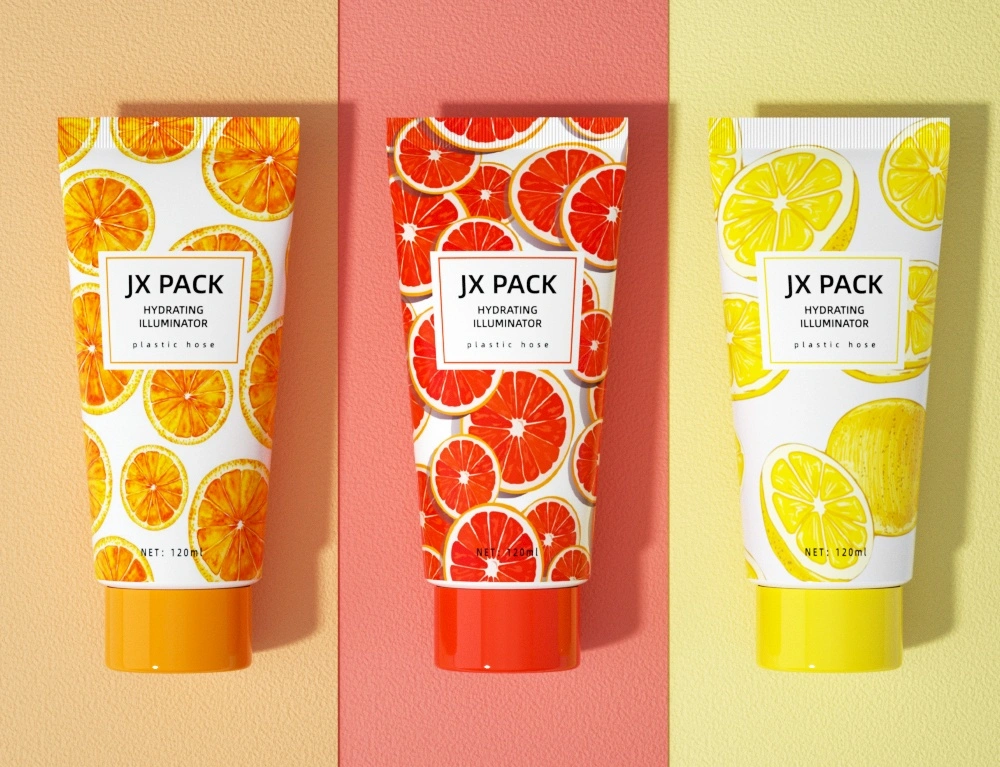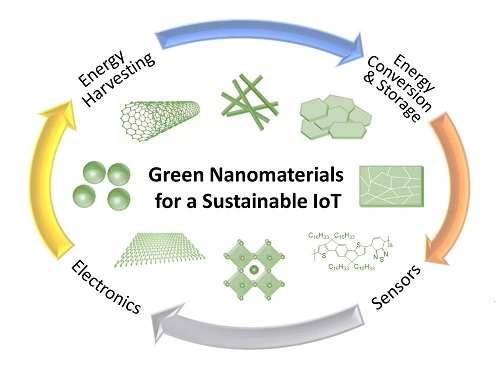The beauty industry has undergone a remarkable transformation since ancient times. Today, cosmetic packaging plays a pivotal role not only in preserving products but also in establishing brand identity and consumer appeal. At the heart of this packaging revolution lies the humble yet versatile cosmetic jar.
For decades, cosmetic jars have been an integral part of the beauty industry, evolving from simple containers to sophisticated packaging solutions that seamlessly combine functionality, aesthetics, and sustainability. These jars are far more than mere vessels for creams, lotions, and other beauty products; they serve as the first point of contact between a brand and its consumers, silently communicating quality, luxury, and efficacy.
As we delve into this comprehensive guide, we’ll explore the multifaceted world of cosmetic jars, examining how these seemingly simple containers are changing the beauty landscape, influencing consumer behavior and adapting to the growing demand for sustainability.
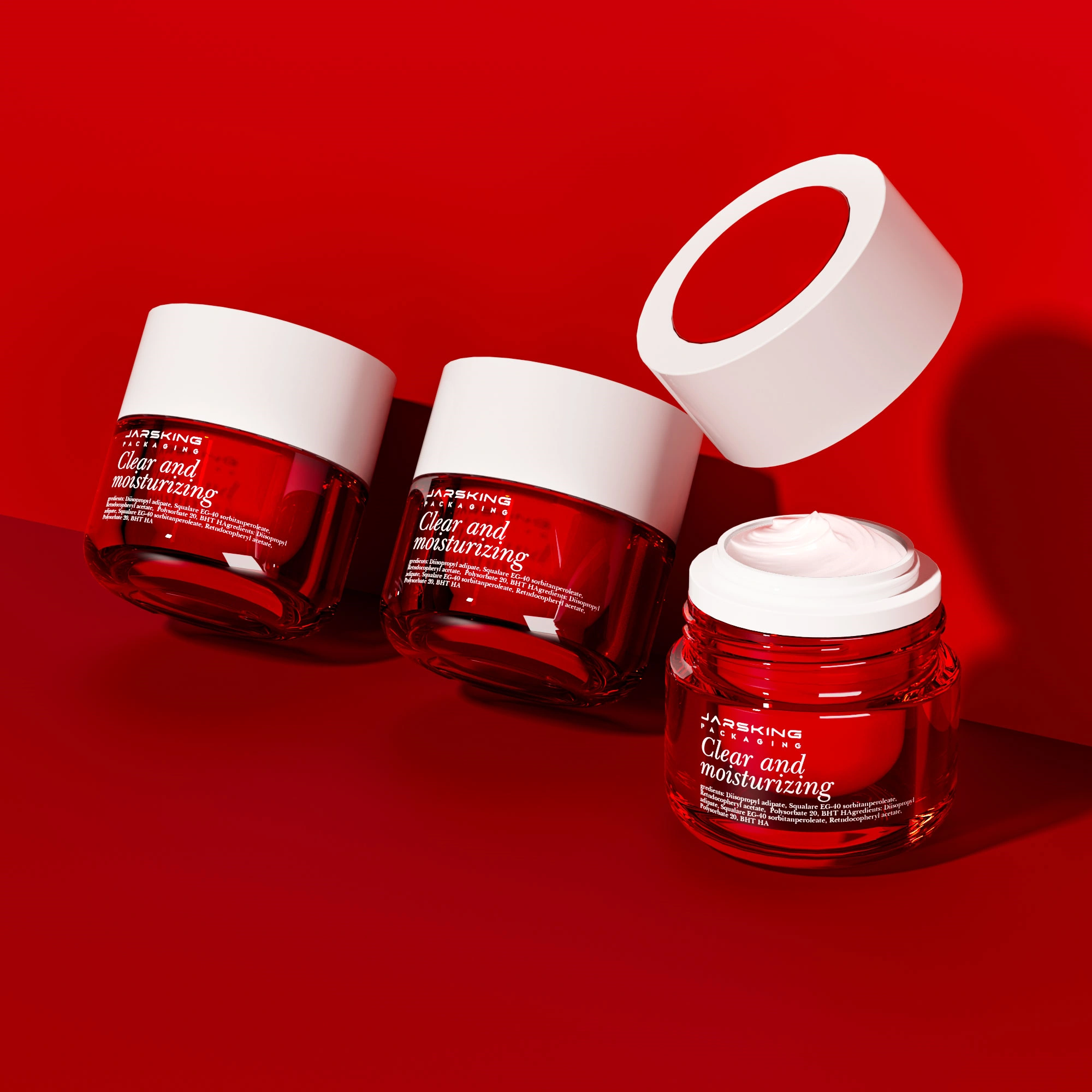
A Brief History of Cosmetic Jars
The history of cosmetic jars dates back thousands of years, with early examples found in ancient Egypt, Greece, and Rome. These jars, often made from alabaster, gold, or clay, were not only functional but also symbols of wealth and sophistication. They housed oils, ointments, and balms that were integral to beauty rituals and spiritual practices.
In the 20th century, industrial advancements revolutionized packaging, introducing materials like glass and plastic that allowed for mass production. Iconic brands like Estée Lauder and Chanel elevated the status of cosmetic jars, creating designs that became synonymous with luxury. Today, these containers continue to evolve, adapting to the demands of a globalized, eco-conscious world.
The Role of Design in Cosmetic Jars
The design of a cosmetic jar is often the first interaction a consumer has with a product. Its aesthetics, functionality, and branding all contribute to the overall experience, making design a critical aspect of packaging.
Luxury brands invest heavily in crafting jars that exude elegance and exclusivity. The weight of a glass jar, the smoothness of its finish, and the precision of its design all convey a sense of premium quality. Meanwhile, minimalist designs are gaining traction among eco-conscious consumers, who prioritize simplicity and sustainability.
Functionality is equally important. A well-designed jar must be easy to open, provide hygienic access to the product, and ensure durability. Many modern jars include innovations like airtight seals, UV-resistant coatings, and even integrated spatulas to enhance usability.
Branding plays a crucial role in differentiating products in a competitive market. Cosmetic jars often serve as a canvas for storytelling, with every element—from the choice of material to the placement of the logo—conveying a brand’s identity. A jar made from recycled ocean plastic, for instance, reflects a commitment to sustainability, resonating with environmentally conscious consumers.
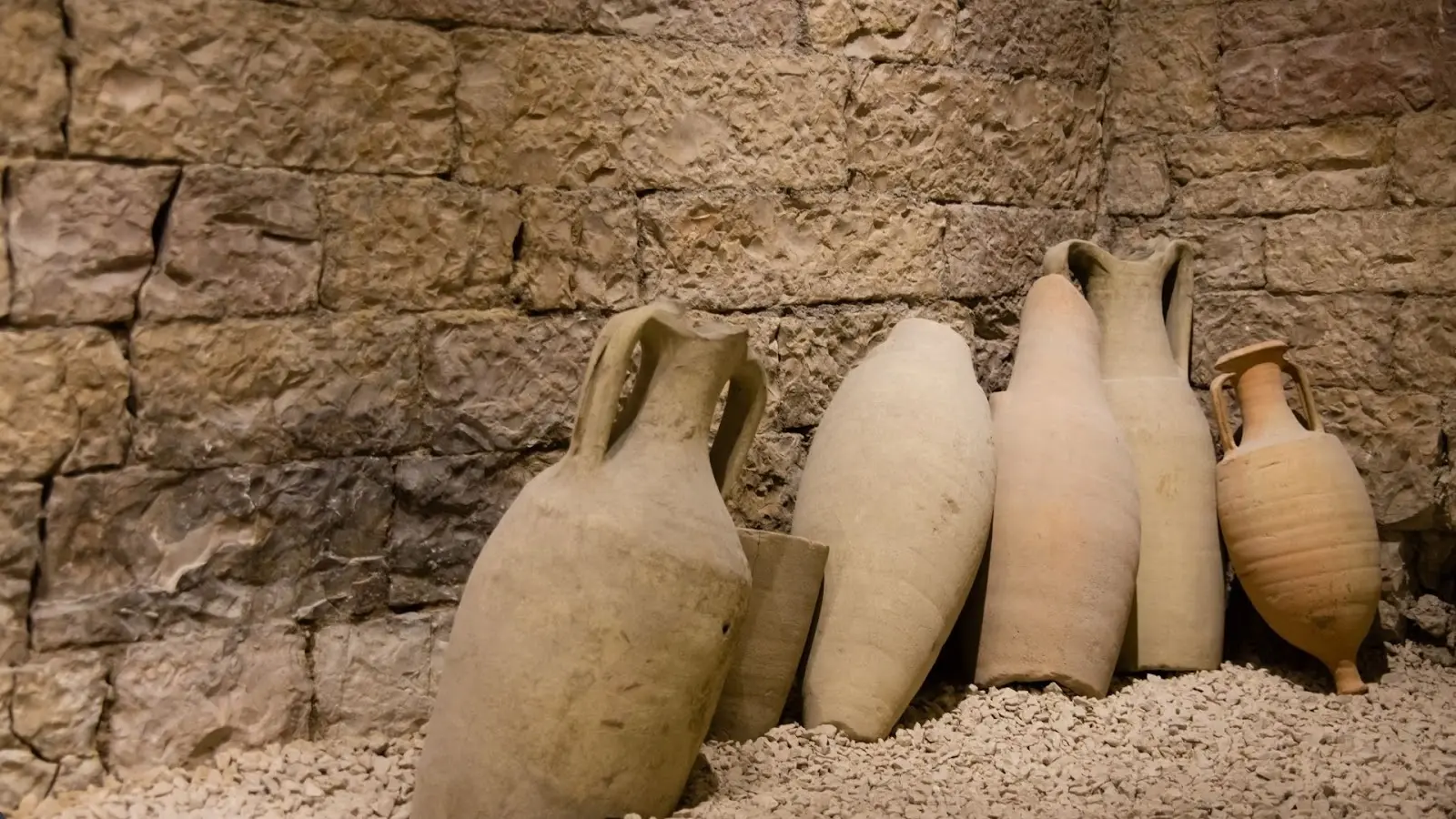
Sustainability: A Growing Priority
As awareness of environmental issues grows, sustainability has become a central concern for the beauty industry. Cosmetic jars, which often contribute to packaging waste, are now being reimagined to align with eco-friendly principles.
One of the most significant shifts is the move toward refillable jars. These systems allow consumers to purchase refills rather than new containers, significantly reducing waste. Brands like Lush and Kjaer Weis have pioneered this approach, creating reusable jars that are as beautiful as they are sustainable.
The choice of materials is another area of focus. Recycled glass and plastics are becoming increasingly popular, while innovations in biodegradable and plant-based plastics offer exciting possibilities for the future. However, balancing sustainability with functionality and aesthetics remains a challenge. For example, glass is recyclable but heavy, increasing transportation emissions. Plastic is lightweight but often less environmentally friendly.
Despite these challenges, the push for sustainability is driving innovation. Companies are investing in research and development to create materials that meet the demands of both consumers and the planet.
Technological Innovations in Cosmetic Jars
Technology is transforming cosmetic jars, adding a layer of interactivity and sophistication that was unimaginable just a few decades ago.
Smart packaging is one of the most exciting developments. Some jars now feature QR codes or NFC tags that provide detailed product information, usage tips, or authenticity verification. This not only enhances the customer experience but also builds trust in an era of increasing counterfeit products.
Preservation technology is another area of innovation. Airtight and UV-resistant jars are designed to protect sensitive ingredients, ensuring that products remain effective for longer periods. This is particularly important for skincare products containing active ingredients like retinol or vitamin C, which degrade when exposed to air or light.
Customization through technology is also gaining momentum. Advances in 3D printing allow brands to create unique, limited-edition jar designs, offering consumers a sense of exclusivity. These innovations demonstrate how technology can enhance both the functionality and desirability of cosmetic jars.

Case Study: Successful Cosmetic Packaging Design
Several case studies highlight the impact of cosmetic jar packaging design on brand success and consumer behavior:
MakeupDrop Case Study
MakeupDrop revolutionized their packaging design by focusing on showcasing the product itself. Key elements included:
– Using a transparent PET box with a die-cut design for durability and visual appeal
– Matte UV printing on one side to display the logo while keeping the other side see-through
– Creating a “floating” effect for the product when displayed on shelves
– Sourcing low-odor PET material to prevent scent absorption by the silicone applicator
This innovative approach resulted in packaging that was both attractive and retail-ready, while significantly reducing shipping costs due to its flat-pack design.
Tata Harper Sustainable Luxury Packaging
Tata Harper successfully integrated sustainability into their luxury skincare packaging:
– Using 100% recyclable glass bottles and biodegradable materials
– Incorporating a distinctive green color for brand recognition
– Adding gold accents for a premium look
– Maintaining transparency to showcase the natural product inside
This strategy helped Tata Harper carve out a unique niche in the high-end natural skincare market, appealing to eco-conscious luxury consumers.
Blanc Naturals Creative Secondary Packaging
Blanc Naturals, an Australian skincare brand, developed unique secondary packaging:
– Designing a round cardboard tube with golden details
– Creating a modern, feminine aesthetic
– Concealing the glass dropper product bottle inside the beautiful box
This approach demonstrates how creative secondary packaging can enhance brand appeal and product presentation.
These case studies illustrate how innovative packaging design can significantly impact brand perception, consumer engagement, and ultimately, market success in the competitive cosmetics industry.
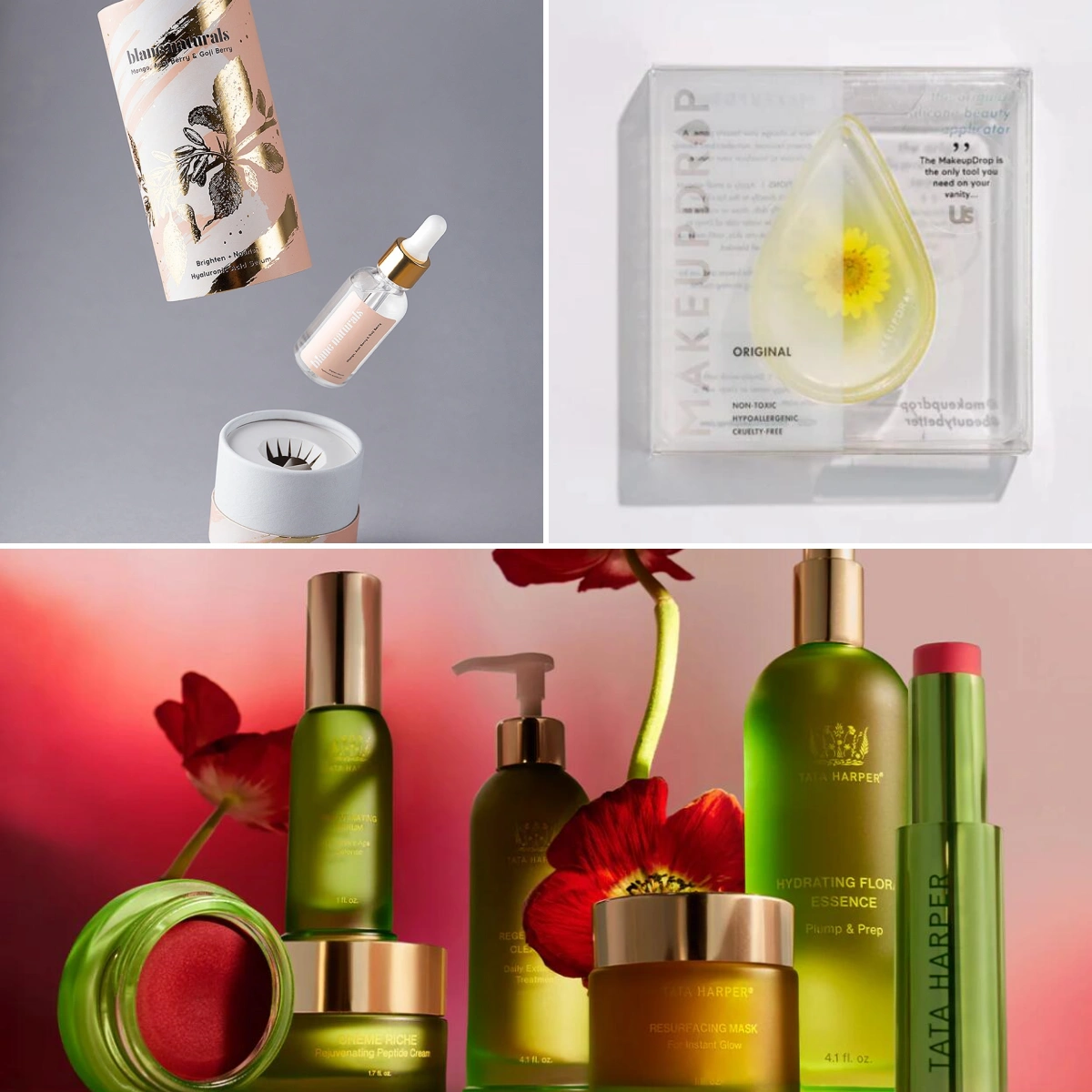
Supply Chain Considerations
Effective supply chain management is crucial for the success of cosmetic packaging production. Here are key considerations:
Supplier Selection and Collaboration
Choosing reliable suppliers is essential for maintaining quality and meeting production deadlines. Enhancing relationships with ingredient providers and distributors ensures timely delivery and quality control. Implementing cloud-based systems can enable access to up-to-date data across all internal and external stakeholders, improving collaboration.
Inventory Management
Efficient inventory management is crucial in the cosmetics industry due to the short shelf life of many products. Implementing a First Expired, First Out (FEFO) or First In, First Out (FIFO) approach ensures product freshness and minimizes waste. Advanced inventory management systems leveraging AI for precise demand forecasting can optimize stock levels.
Sustainability in the Supply Chain
Embracing sustainability throughout the supply chain is becoming increasingly important. This includes sourcing eco-friendly materials, optimizing transportation routes to reduce carbon footprint, and implementing recycling programs. Brands are also focusing on reducing packaging waste and using renewable energy in production processes.
Global Supply Chain Challenges
With increased product variations and SKUs, supply chains are extending across the globe. Beauty brands must manage international suppliers, regulations, and shipping complexities. Strategies like dual-sourcing and regional manufacturing can help mitigate risks and reduce lead times.
Technology Integration
Implementing advanced technologies such as ERP systems integrated with demand forecasting tools can streamline operations and improve data accuracy across business functions. This integration enhances supply chain visibility and enables more efficient decision-making.
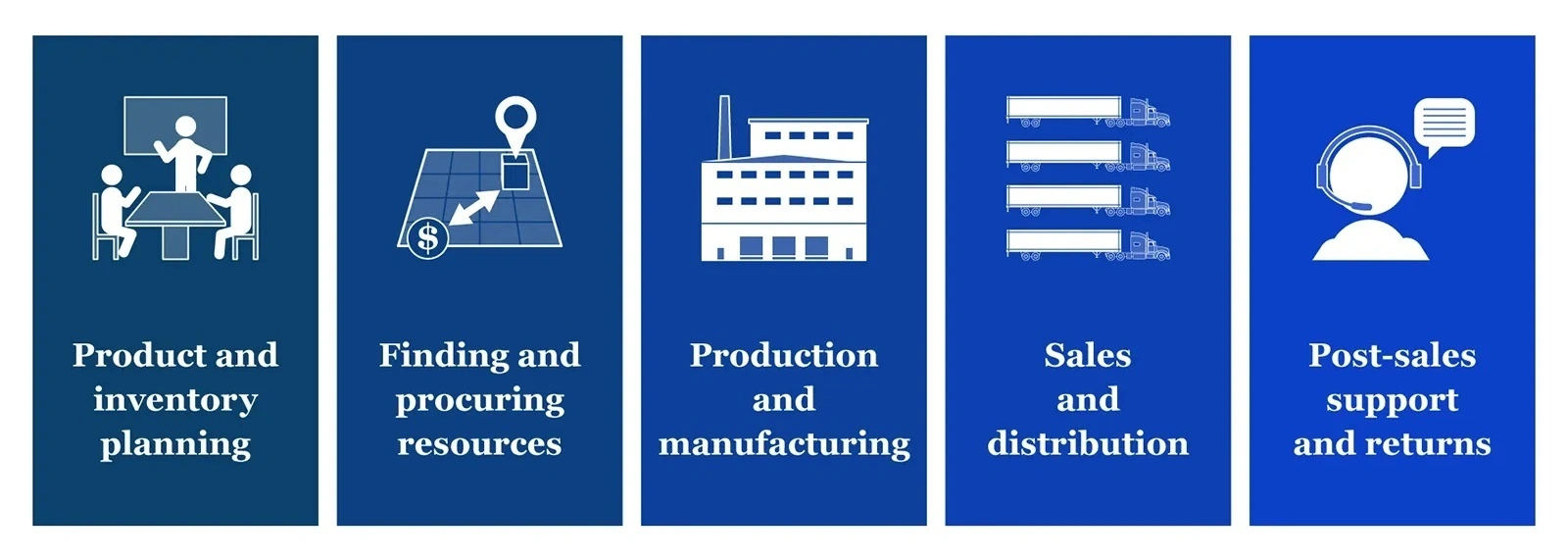
Consumer Behavior and Packaging Design
The impact of packaging on consumer behavior in the cosmetics industry is significant and multifaceted. Cosmetic jar packaging plays a crucial role in influencing purchasing decisions, brand perception, and overall product appeal. Here are key aspects of how packaging affects consumer behavior:
First Impressions and Visual Appeal
Packaging design is often the first point of contact between a consumer and a product. Research indicates that 70% of purchase decisions are made at the point of sale, highlighting the critical role of packaging in influencing consumer choice. The aesthetic appeal of cosmetic jars, including color, shape, and overall design, can significantly impact a consumer’s initial perception and attraction to a product.
Brand Identity and Recognition
Well-designed packaging serves as a silent ambassador for the brand, communicating its identity, values, and market positioning. Distinctive packaging helps consumers identify and remember a brand, which is crucial in the crowded cosmetics market. For example, brands like MAC and NARS have mastered the art of packaging, with their sleek designs becoming instantly recognizable to consumers.
Perceived Value and Quality
The quality and design of packaging can significantly influence consumers’ perception of the product’s value and quality. Luxury cosmetic brands often use high-end materials and intricate designs to convey a sense of premium quality and justify higher price points. This perception of luxury can make consumers more willing to pay premium prices for products.
Functionality and User Experience
Packaging that enhances the user experience can significantly impact consumer satisfaction and loyalty. Innovations such as airless pumps, precise applicators, and hygienic designs not only protect the product but also make it more appealing to consumers. These functional aspects can be a deciding factor in repeat purchases.
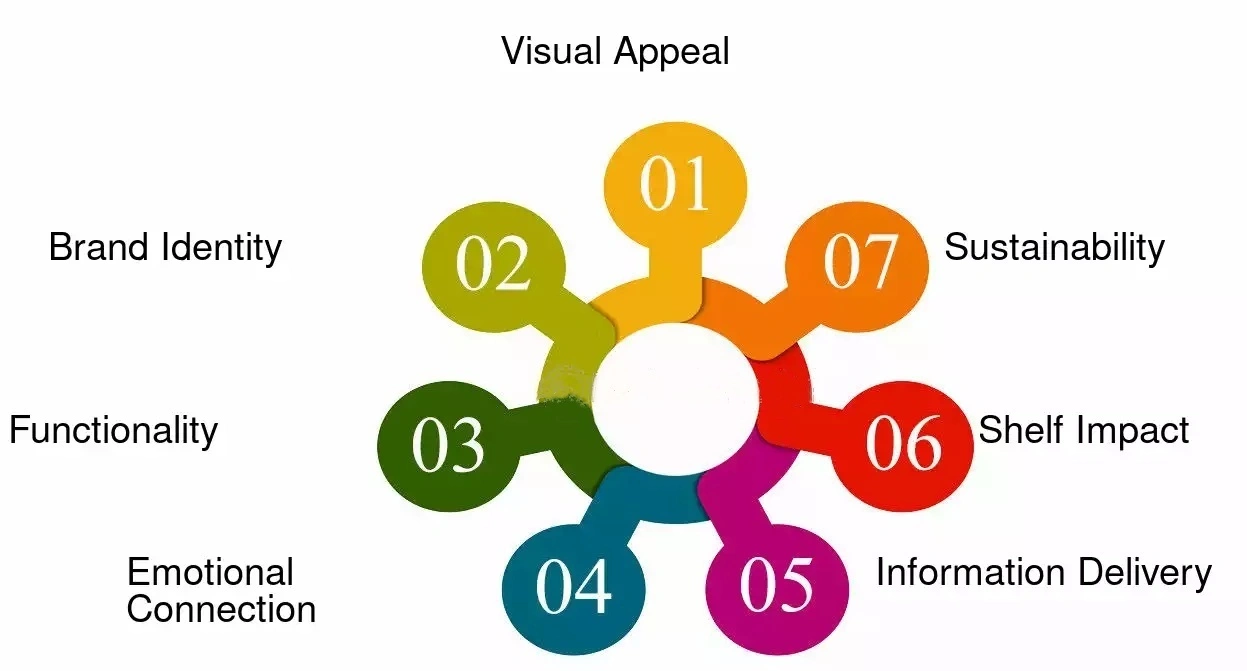
Emotional Connection
Packaging design can create emotional connections with consumers. Elements that tap into consumer desires or lifestyle can make a product feel personally relevant, increasing the likelihood of purchase. This emotional engagement is particularly important in the beauty industry, where products are often tied to personal identity and self-expression.
Sustainability Concerns
With growing environmental awareness, sustainable packaging has become a significant factor in consumer decision-making. Many consumers are willing to pay more for products that use eco-friendly materials. Brands that prioritize sustainable packaging can appeal to environmentally conscious consumers and potentially gain a competitive edge.
Information and Transparency
Packaging serves as a crucial medium for conveying product information. Clear, informative packaging can build trust with consumers and help them make informed decisions. Some brands are incorporating smart packaging technologies, such as QR codes, to provide additional product information and enhance consumer engagement.
Cultural Considerations
Cultural trends and preferences significantly influence packaging choices globally. Different cultures have distinct perceptions of beauty and cosmetics, which impact their preferences for packaging aesthetics. Understanding and adapting to these cultural nuances is crucial for brands operating in diverse markets.
In conclusion, the impact of cosmetic jar packaging on consumer behavior is profound and multifaceted. It goes beyond mere product protection, serving as a powerful marketing tool that can influence perceptions, create emotional connections, and ultimately drive purchasing decisions. As the cosmetics industry continues to evolve, packaging will remain a critical factor in shaping consumer behavior and brand success.
Future Trends in Cosmetic Jar Packaging
The future of cosmetic jar packaging looks promising, with several trends shaping its trajectory:
- Continued focus on sustainable and eco-friendly packaging solutions
- Integration of smart technology in packaging for enhanced user experience
- Growing demand for personalized and customizable packaging options
- Increasing adoption of airless and contamination-resistant packaging designs
- Rising popularity of multi-functional and travel-friendly packaging
As the beauty industry continues to evolve, we can expect to see more innovative materials, such as biodegradable plastics and plant-based alternatives, being used in cosmetic jars. The emphasis on sustainability will likely drive the development of refillable and reusable packaging systems, reducing waste and encouraging customer loyalty.
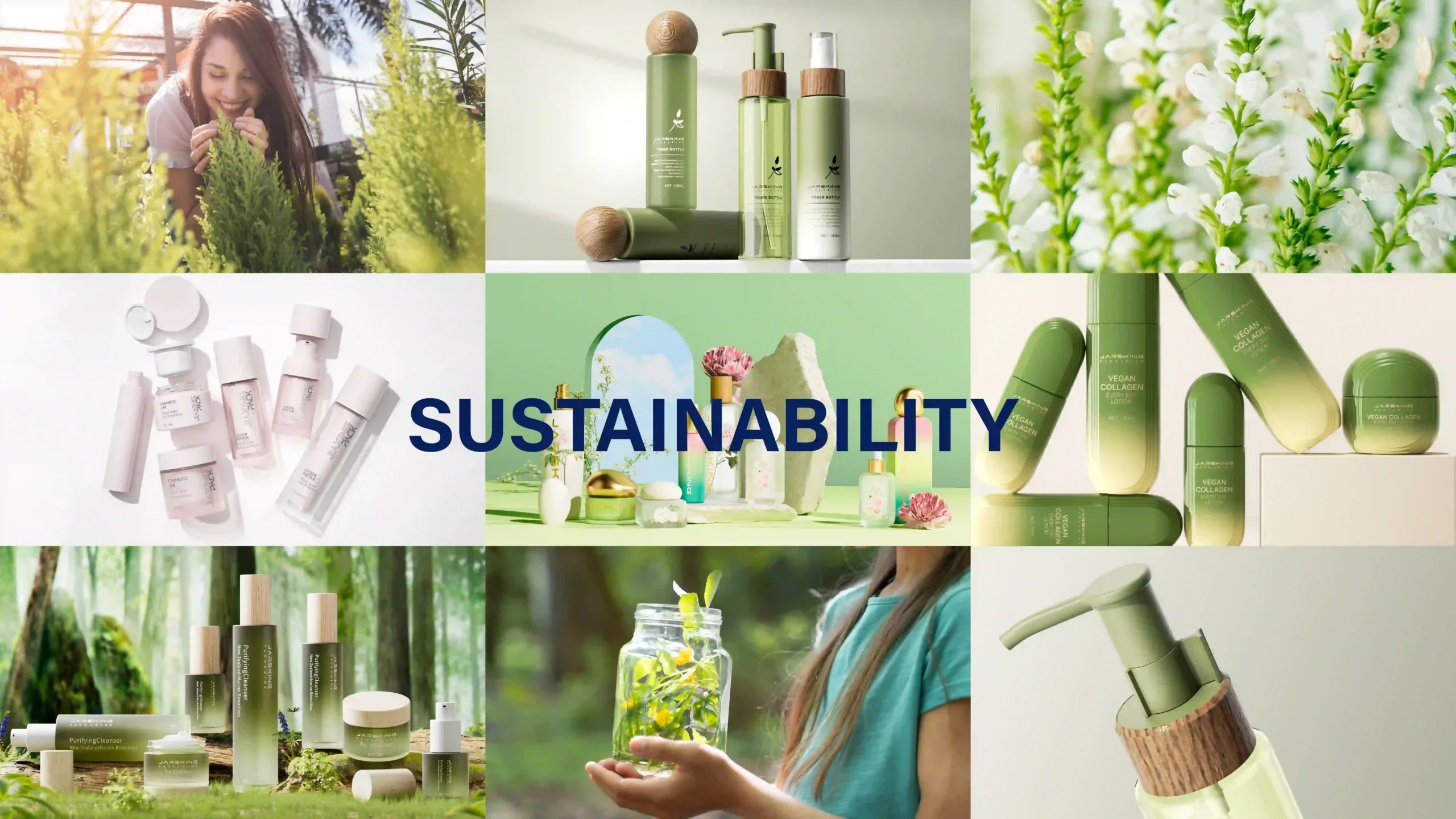
Market Outlook
The global cosmetic packaging market is experiencing steady growth, with projections indicating continued expansion in the coming years. According to recent market research:
– The global cosmetic packaging market size was valued at USD 53.40 billion in 2023.
– It is projected to grow from USD 55.38 billion in 2024 to USD 79.99 billion by 2032, exhibiting a CAGR of 4.70% during the forecast period.
This growth is driven by factors such as increasing production of personal care and beauty products, rising interest in personal grooming and wellness, and the expansion of e-commerce in the beauty sector.
Regional Insights
The cosmetic jars market shows distinct regional dynamics:
Asia-Pacific
Asia-Pacific is emerging as the fastest-growing region for cosmetic packaging. This growth is driven by:
– Rising middle-class population and increasing disposable incomes
– Growing beauty consciousness among consumers
– Rapid economic development in countries like China, India, and Japan
– Increasing demand for skincare products
The region is characterized by a strong preference for innovative and functional packaging solutions that cater to local consumer preferences and cultural influences.
North America
North America holds a strong position in the cosmetic packaging market, driven by:
– High consumer demand for luxury and organic products
– Focus on premium packaging and innovation
– Emphasis on sustainable and eco-friendly packaging solutions
The North American market is expected to grow significantly, reaching an estimated value of USD 15.54 billion by 2032.
Europe
Europe is a key player in the cosmetic jars market, with:
– Strong emphasis on sustainability and circular economy principles
– Stringent regulations on packaging waste
– Presence of leading cosmetic brands across countries like the UK, Germany, Italy, and France
European consumers are increasingly conscious of the environmental impact of their purchases and are seeking brands that prioritize sustainability.
Challenges and Opportunities
While the cosmetic jar industry is poised for growth, it also faces several challenges:
– Increasing competition from alternative packaging solutions like tubes and airless pumps
– Balancing sustainability with functionality and aesthetics
– Meeting diverse consumer preferences across different markets
– Adapting to rapidly changing beauty trends and product formulations
However, these challenges also present opportunities for innovation and differentiation. Brands that can successfully address these issues through creative packaging solutions are likely to gain a competitive edge in the market.
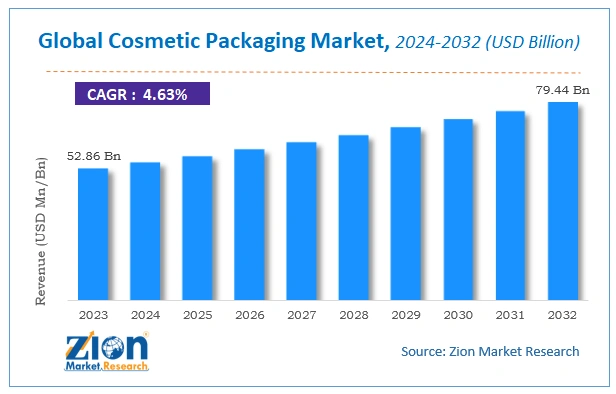
Conclusion
As we’ve explored in this comprehensive guide, cosmetic jars are far more than simple containers. They are a crucial element in the beauty industry, influencing consumer perceptions, protecting product integrity, and increasingly, reflecting broader societal values such as sustainability and technological innovation.
The future of cosmetic jars lies in striking the perfect balance between protecting and preserving the product, appealing to consumers, aligning with brand values, and minimizing environmental impact. As brands and packaging manufacturers continue to innovate, we can expect to see even more exciting developments in the world of cosmetic jars.
From smart packaging that enhances user experience to sustainable materials that reduce environmental impact, the evolution of cosmetic jars reflects the dynamic nature of the beauty industry itself. Brands that can successfully navigate these trends, leveraging innovative designs and technologies while meeting consumer demands for sustainability and functionality, will be well-positioned to thrive in this competitive market.
As we look ahead, it’s clear that the humble cosmetic jar will continue to play a vital role in shaping the future of beauty. By staying informed about these trends and innovations, brands can create packaging that not only protects their products but also enhances the overall consumer experience and contributes to a more sustainable future.
Final Note
As a cosmetic jar manufacturer, we understand that addressing market concerns is essential for staying competitive and meeting consumer needs. Sustainability is a top priority for us, and we are dedicated to incorporating eco-friendly practices into our production processes. This includes creating refillable jars, utilizing recycled materials like glass or biodegradable plastics, and designing lightweight packaging to reduce transportation emissions. At the same time, we ensure that our products combine sustainable solutions with visually appealing and functional designs that resonate with eco-conscious consumers.
We also recognize the importance of leveraging technology to address market demands. By integrating smart features like QR codes or NFC tags, we can provide consumers with detailed product information and authenticity assurance. Our jars are designed to include advanced preservation technologies, such as airtight seals and UV-resistant materials, to protect sensitive formulations. Additionally, we tailor our designs to meet regional preferences, offering luxurious aesthetics in North America, sustainability-focused solutions in Europe, and innovative, functional packaging in Asia-Pacific. By addressing these concerns, we position ourselves as a forward-thinking leader in the cosmetic jar industry, building trust and driving growth.
